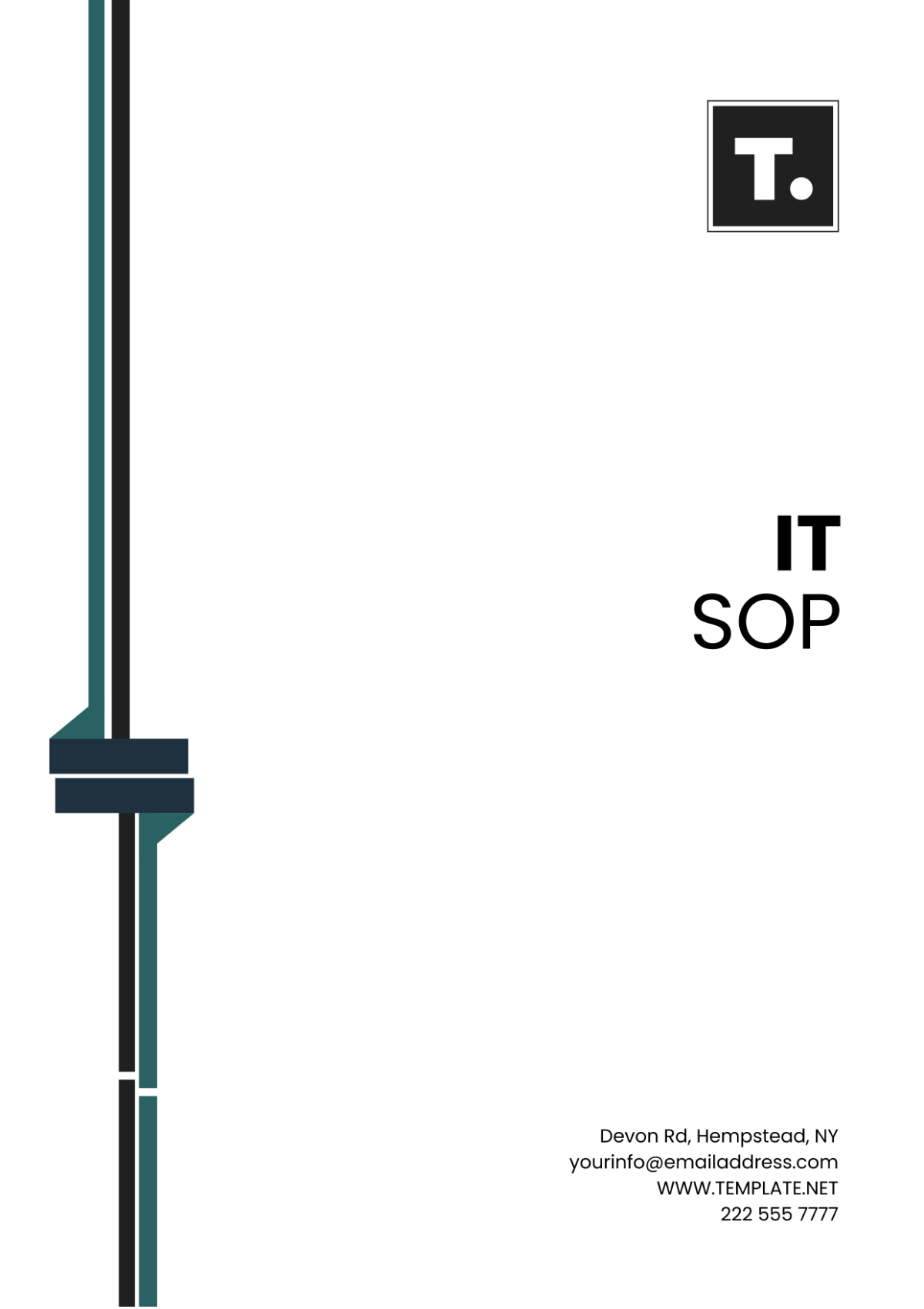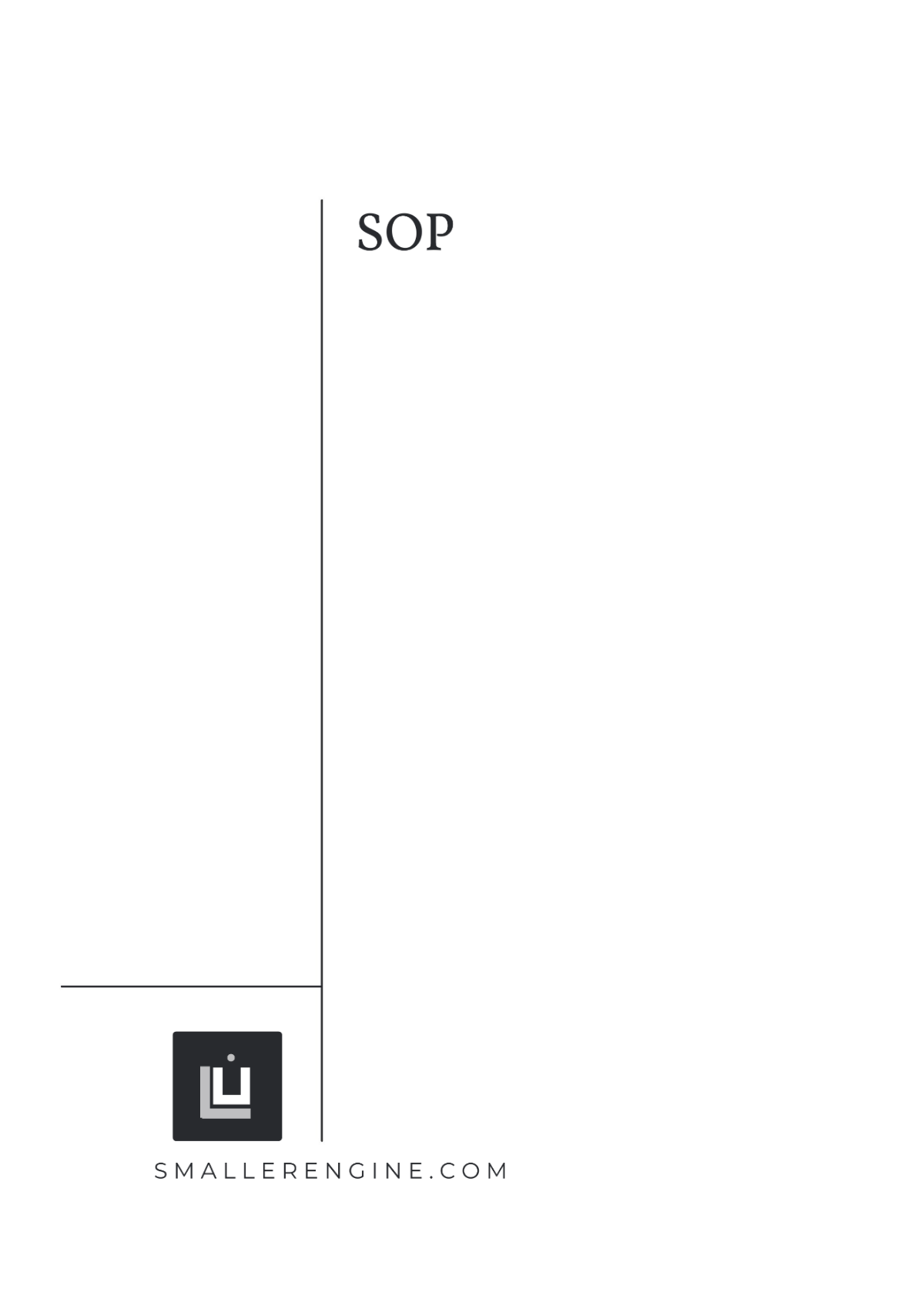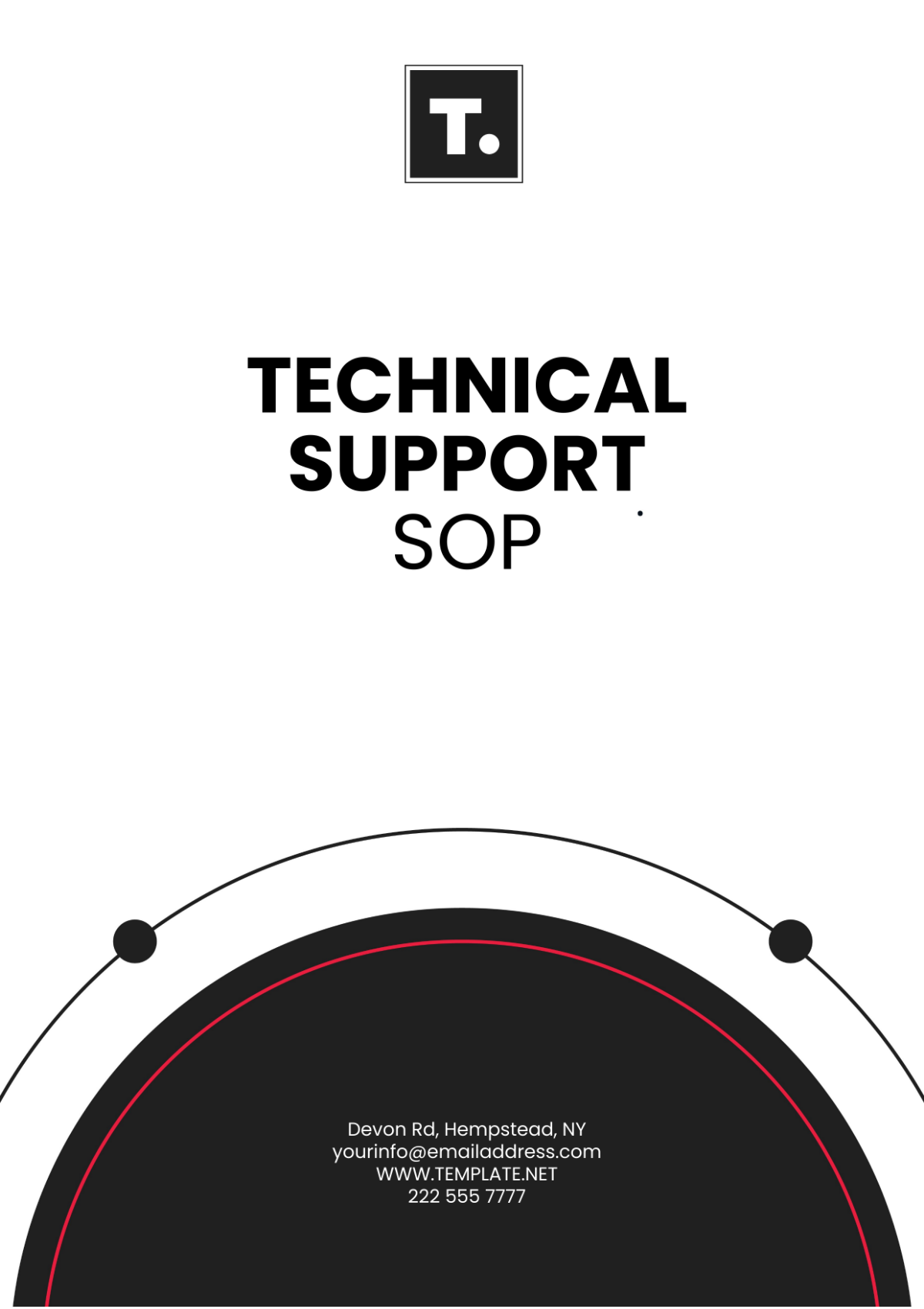Operations Management Standard Operating Procedure
I. Purpose and Scope
This Standard Operating Procedure (SOP) is designed to delineate a systematic process for the management of operational activities in the context of [YOUR COMPANY NAME]. The SOP serves as a thorough guide leading to increased efficiency in the allocation of resources, management of work processes, control of quality standards, and surveillance of performance metrics. The SOP contextually relates to, applies to, and holds applicability for all individuals who are part of [YOUR DEPARTMENT] within the structure of [YOUR COMPANY NAME].
II. Responsibilities
This section outlines the responsibilities of key personnel in implementing and maintaining the SOP.
A. [Your Department] Manager
Oversee the implementation of operational procedures.
Ensure compliance with SOP guidelines.
Provide training to employees on SOP protocols.
B. Team Leaders
Assist in the execution of operational procedures.
Monitor team performance and adherence to SOPs.
Report any deviations from SOPs to the [Your Department] Manager.
III. Policy and Procedure
This section details the step-by-step procedures for various operational activities within [Your Company Name]:
A. Resource Allocation
Identify and prioritize departmental needs for resources.
Coordinate with relevant departments for resource request approval.
Manage resource distribution for the department based on priority areas.
B. Workflow Management
Define workflow paths for different operational processes.
Monitor adherence to these workflow paths.
Identify and address workflow bottlenecks or issues.
C. Quality Control
Establish quality standards for different operational processes.
Monitor adherence to these quality standards.
Address non-compliance by conducting necessary corrective actions.
D. Performance Monitoring
Develop a performance monitoring plan for the department.
Monitor and record departmental performance against the plan.
Identify and mitigate performance gaps or issues.
IV. Documentation and Record-Keeping
This section outlines the procedures for documenting and maintaining records related to operational activities.
A. Documentation
Document all operational procedures and guidelines in a centralized repository.
Ensure documentation is easily accessible to relevant personnel.
B. Record-Keeping
Maintain records of resource allocation, workflow processes, quality control checks, and performance metrics.
Store records securely and in compliance with data protection regulations.
V. Training and Continuous Improvement
This section focuses on training programs and continuous improvement initiatives related to operations management.
A. Training Programs
Develop training materials for employees on SOP protocols and procedures.
Conduct regular training sessions to ensure understanding and compliance.
B. Continuous Improvement
Encourage feedback from employees on SOP effectiveness.
Regularly review and update SOPs to reflect changes in processes or technologies.
VI. Compliance and Auditing
This section addresses compliance requirements and procedures for auditing operational activities.
A. Compliance
Ensure adherence to regulatory requirements and industry standards.
Conduct regular compliance audits to identify any non-compliance issues.
B. Auditing Procedures
Define procedures for conducting internal audits of operational activities.
Assign responsibilities for auditing and reporting findings to management.
VII. Revision History
Review Frequency: The SOP should be reviewed annually or following any major changes within the department.
Revision History: A log of changes made to the SOP for tracking and reference purposes.
Revision Number | Date | Description of Changes | Revised By |
|---|---|---|---|
1 | [DATE] | Initial Creation of SOP | [YOUR NAME] |
2 | [DATE] | Updates to reflect changes in [PROCESS/REGULATIONS]. | [YOUR NAME] |
VIII. Approval

[APPROVER’S NAME]
[APPROVER’S ROLE]
[APPROVAL DATE]

















































